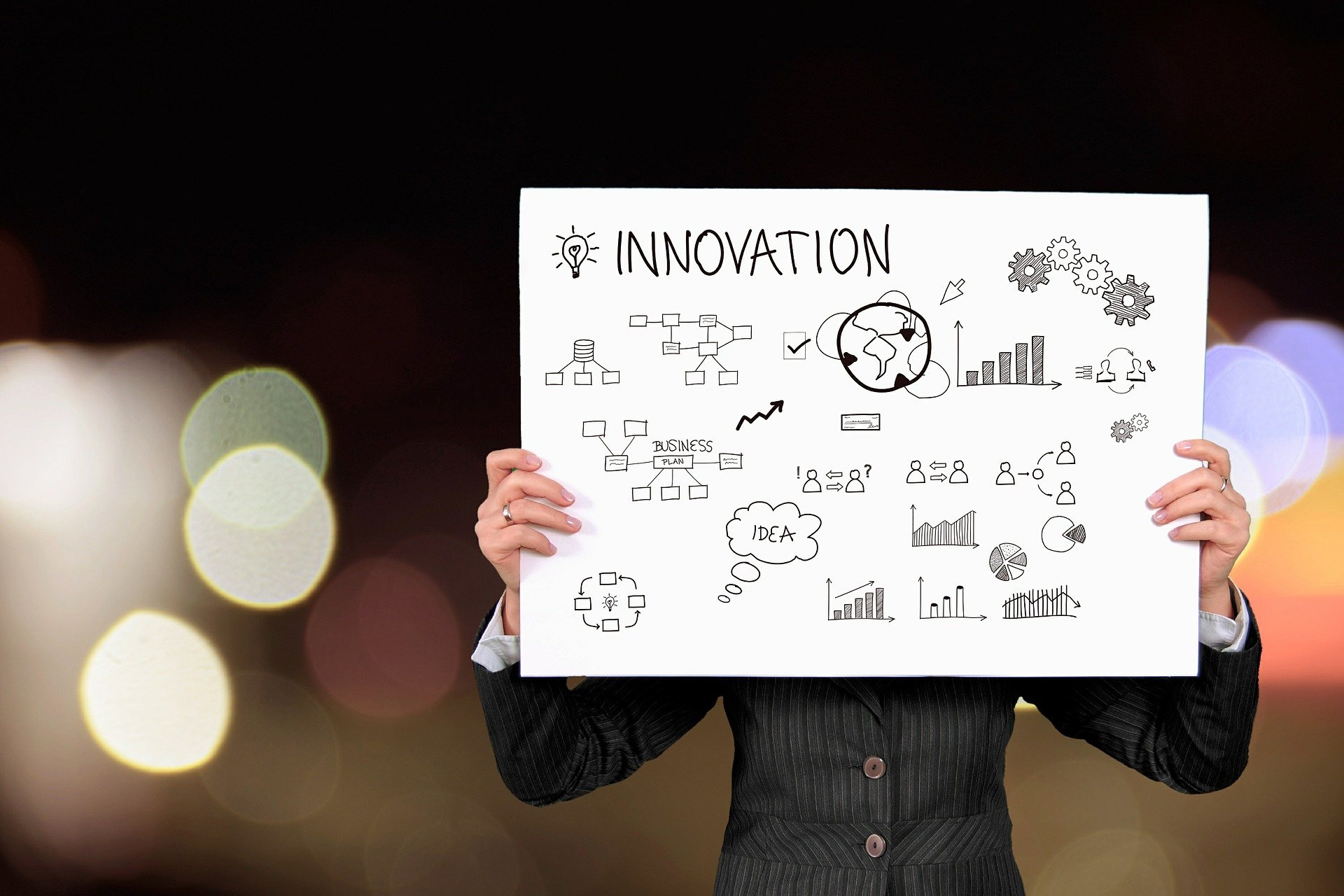
Have you ever wished you could find a way to look better on video conference calls (Zoom, etc.)?
There are are a number of things that can contribute to this, and one factor is to switch to a better camera.
Today I’ll be sharing how you can use your Android-based mobile phone as a Webcam on your PC.
The short answer is an old Android phone (Huawei Y6) is connected to my laptop (Predator Triton 300) via USB cable, and to turn it into a Webcam I use an app called Droidcam.
In fact, I liked it so much that I’m now using the Pro version called DroidcamX which unlocks HD mode.
If you want more details and know 3 things I like as well as 3 things I don’t like about it so that you can assess for yourself if using your phone as a Webcam on your PC will be worth-it, then read on.
Why should you use your phone as a webcam? Here are 3 things that I like about it:
- Your phone already has a better camera. In case you didn’t know, the most popular webcam as of this writing (2020) is the Logitech C920. And this is a webcam that was released way back in 2012. In the same year, the Samsung Galaxy S3 and iPhone 5 were released. How much better are mobile phones today compared to those phones back in 2012?
- Potentially minimum to no cost. If you have an old Android phone that is newer than the S3, and can capture HD videos, then chances are you’ll have a better camera compared to your laptop’s built-in webcam. And you probably no longer need to purchase a “better webcam” than the one you already have if there’s an old phone somewhere inside your drawer collecting dust or acting as paperweight.
- Better camera angles. Compared to your laptop’s built-in webcam that looks up at your nose and exposes your double-chin, you can mount your mobile phone on a tripod so you can raise it higher to simulate a more natural face-to-face view. Sure, you can prop your laptop on some books to raise the built-in webcam’s camera angle, but it would render your laptop’s keyboard barely usable if you want to type notes while in a video conference meeting. Having your mobile phone as a separate device gives you better versatility to get what you think is the best camera angle.
Why should you not do this? Here are 3 things that I don’t like about it:
- It’s not plug-and-play. There’s a fair amount of setting up that you need to do to get it to work the first time. Details on the Droidcam website. Plus every time you turn on the computer, you need to re-establish the connection with your mobile phone. Some people might not have the patience for it. But for me, not only have I gotten used to it just fine, it takes less than a minute for me to set up, and it’s become part of my ritual before I begin working for the day.
- It hinders portability. If you keep going around from one room to another, or one location to another, it’s quite cumbersome to lug around a tripod and a phone stand. What I do is I just set this up at my home office where I spend majority of my work time anyway, then if I have to go around, I bring with me just the laptop and I make do with the built-in webcam.
- Latency only if you use wifi to connect your mobile phone to your PC, where you end up with jittery video. For latency-free video, you must hard-wire the mobile-phone to your PC via USB cable.
The verdict?
Have you ever noticed that in video conference calls (Zoom, etc.), those who joined using their mobile phones usually have the sharpest images, while those joining using their laptops have the most grainy, unflattering images?
However, if you join using your mobile phone, there’s no way for you to see screenshares properly due to the small screen size.
So using your mobile phone as a Webcam on your PC gives you the best of both worlds – a great camera for the best possible image of you, while having the convenience of your usual monitor for screensharing.
If having a professional image is important to you, then this is probably the best and budget-friendly setup you can do, next to using a proper DSLR video camera which will give you that creamy bokeh effect.
What do you think? Are you willing to try this out? Or have you been using it already? What do you like about it? Comment below. I’d love to hear from you.
